Microservices on the Cloud
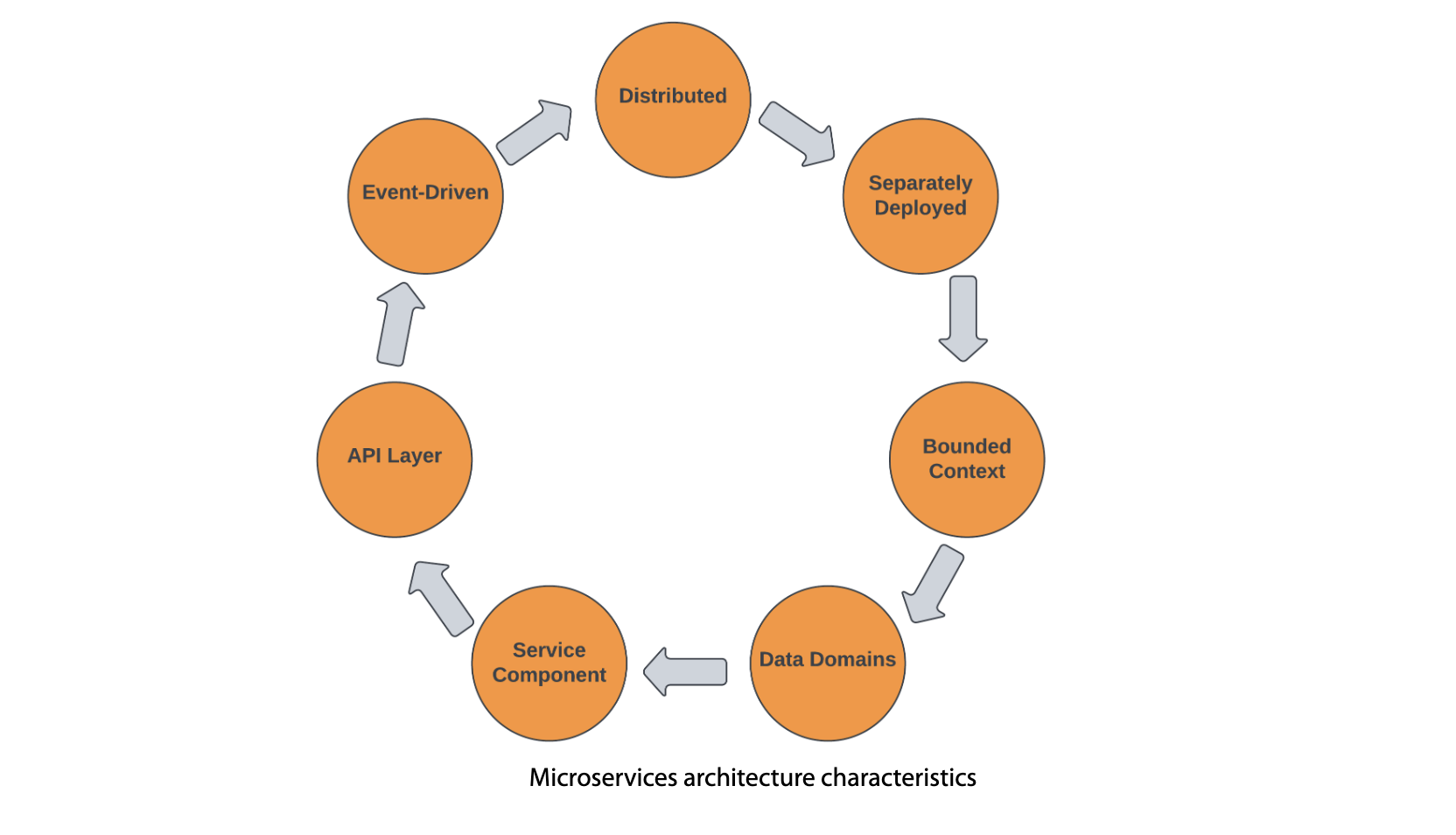
Introduction
In software development, microservices architecture has become one of the most popular and widely used approaches today. Microservices allow developers to create applications as a combination of small, independent, and modular services. Each service runs its own process and communicates with other services through a well-defined interface. In this blog post, we will discuss the benefits of microservices, how it works, and its implementation.
Monolith vs Microservices
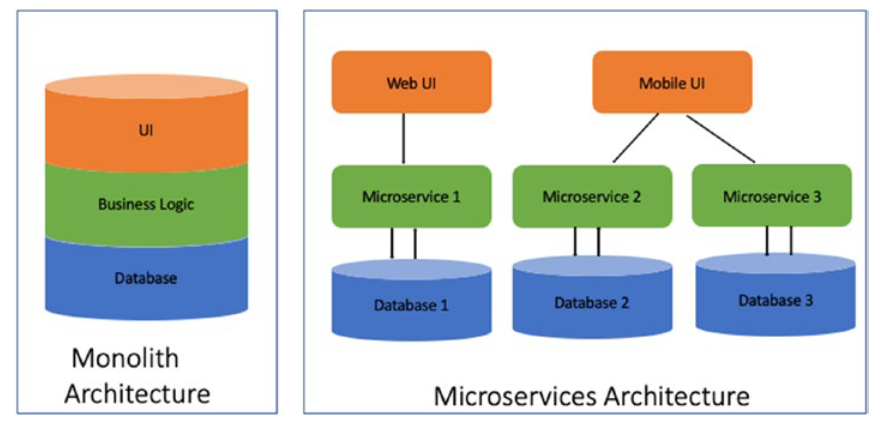
Benefits of Microservices
Microservices architecture has several benefits over traditional monolithic architecture. One of the most significant advantages is that it allows developers to build and deploy services independently, which makes it easier to scale and maintain. Other benefits of microservices include:
Improved Scalability
Microservices architecture allows developers to scale individual services independently. Unlike monolithic architecture, where the entire application must be scaled as a single unit, microservices allow developers to scale specific services based on the demand for that service.
Improved Resilience
Microservices architecture improves resilience by ensuring that if one service fails, the other services can continue to operate. Each service is designed to be independent and has its own set of resources, which means that if one service fails, it does not affect the entire application.
Enhanced Agility
Microservices architecture promotes agility by allowing developers to make changes to services independently without affecting other parts of the application. This means that developers can deliver new features and functionality faster, which is essential in today’s fast-paced business environment.
How Microservices Work
Microservices architecture is based on the principle of modularity. In a microservices architecture, the application is divided into small, independent services that can be developed, deployed, and scaled independently. Each service communicates with other services through a well-defined interface. This interface can be REST API, messaging, or any other protocol.
Implementation of Microservices
Implementing microservices requires a significant shift in the way applications are developed and deployed. Developers must design each service to be independent and self-contained. Each service must have its own data storage, processing, and presentation layers. Additionally, developers must implement robust communication protocols to ensure that each service can communicate effectively with other services.
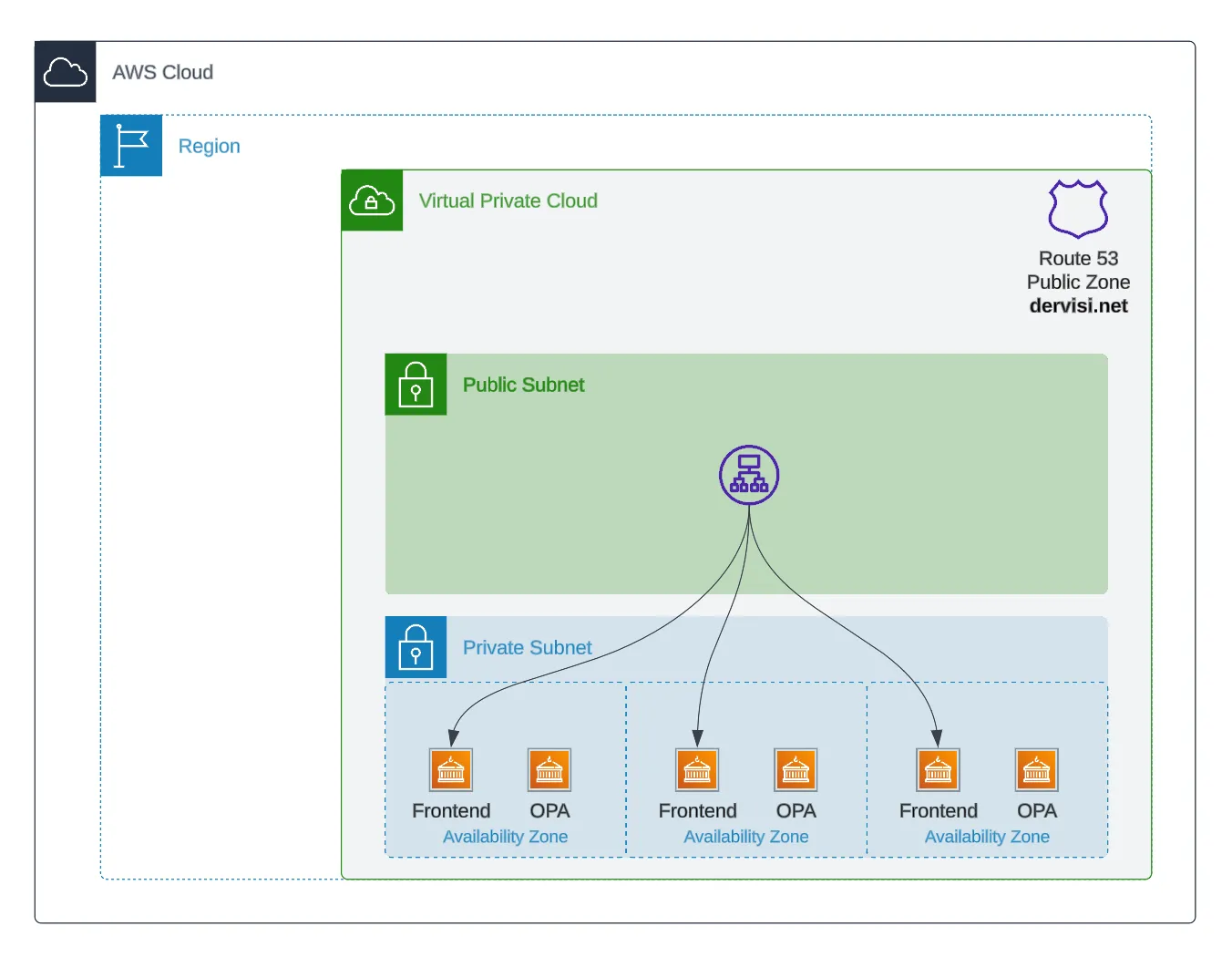
Three-tier
- Presentation tier
- Application tier
- Data tier
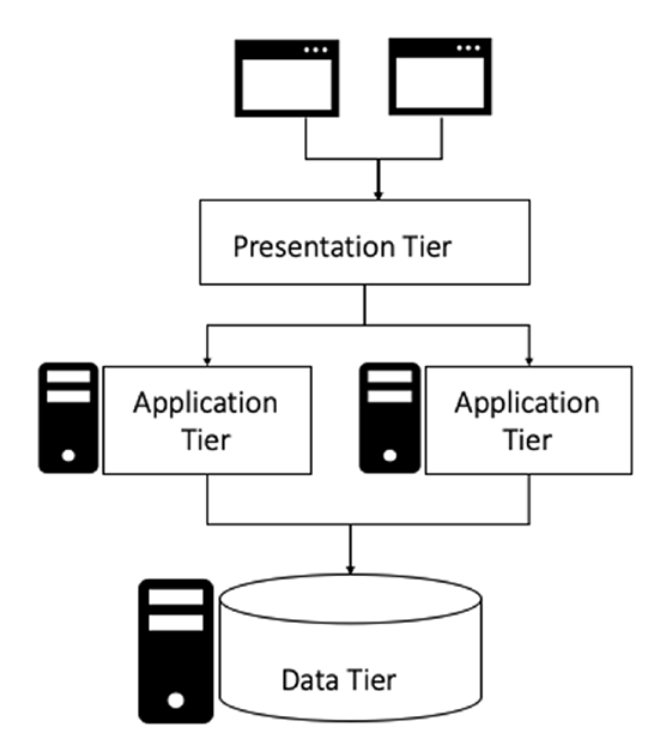
Four-tier
- Content delivery tier
- Gateway tier
- Services tier
- Data tier
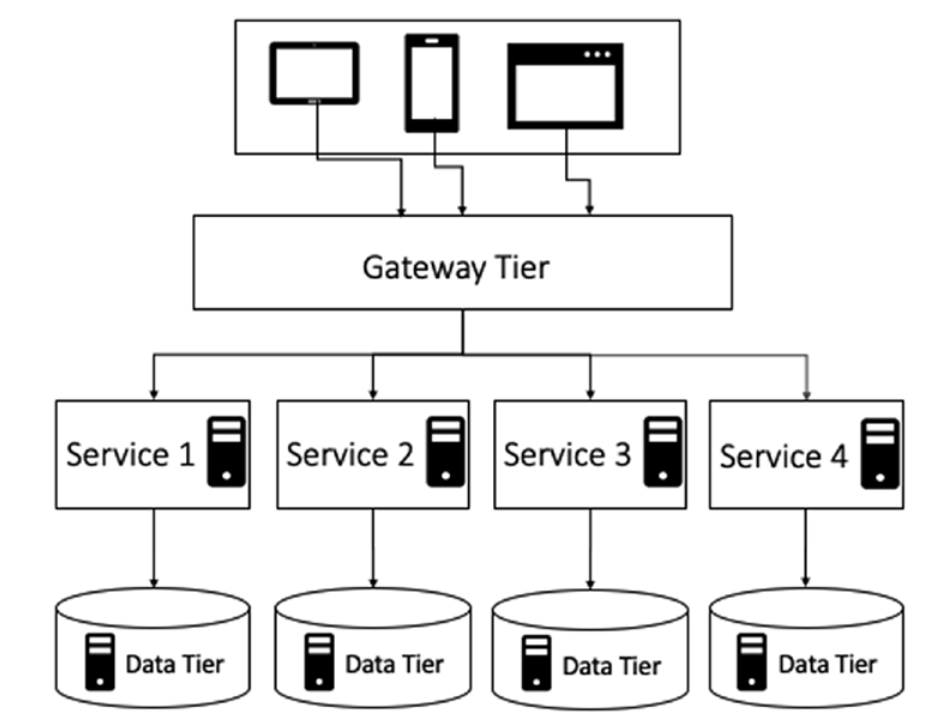
Conclusion
Microservices architecture has become one of the most popular and widely used approaches in software development. It offers several advantages over traditional monolithic architecture, including improved scalability, resilience, and agility. While implementing microservices requires a significant shift in the way applications are developed, the benefits are well worth the effort. By embracing microservices architecture, developers can create more resilient, scalable, and agile applications that can meet the demands of today’s fast-paced business environment.
Reference
- Traefik API Gateway for Microservices (Rahul Sharma, Akshay Mathur)
- Building and Delivering Microservices on AWS: Master software architecture patterns to develop and deliver microservices to AWS Cloud (Amar Deep Singh)